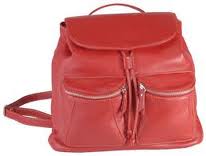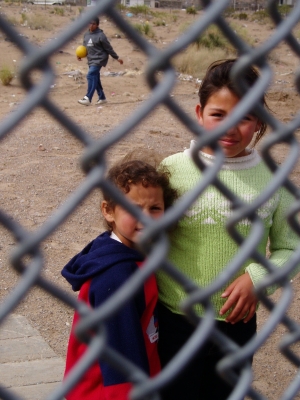 It’s very interesting to read about the choices he is making regarding how he wants to live his life. I admire him for questioning the cultural assumptions that we should work, buy a car/house, get married in our twenties – and other cultural myths. I also admire his desire to include many rich and varied relationships in his life and “un-include” materialism.
It’s very interesting to read about the choices he is making regarding how he wants to live his life. I admire him for questioning the cultural assumptions that we should work, buy a car/house, get married in our twenties – and other cultural myths. I also admire his desire to include many rich and varied relationships in his life and “un-include” materialism.
On the other hand, don’t try this if you need health insurance (there isn’t any) or if you have a serious medical emergency. Likewise this is not a lifestyle conducive to pets or children – though many women are forced to live as Joseph does with their children. Nevertheless, read on. I hope we hear more of his story in the months to come.
Itinerate writer talks of living, and dreaming, on $20,000 a year
By Joseph Fonseca
“I am a perpetual stranger, moving to a new city every year. I’m not a businessman, or an international superstar for that matter. I’m a writer. My average yearly income hovers just north of $20,000 and comes from waiting tables and manning the till at bookstores. I live on little. I plan and I save.
When my itinerary was loosely designed six years ago, my main motivation was to gain greater life experience to inform my fiction. Much like people who save money to buy a house or to pay for their children’s education, I budget to live a writer’s life.
Seattle will be my seventh city in seven years. I have never before set foot in this bastion of coffee and computers. I arrive with only a few contacts in my phone and a roommate whom I’ve met through e-mail and Facebook. There is no work lined up for me, and my bank account holds just enough money to last me a couple of months before paying rent becomes a crisis.
This is where you panic. This is where I get started.”
To view the entire article, go here.
You may also like Be A Tourist in Your Own Town, Other Options – Alternative Living Choices and The Richness of Simplicity.




